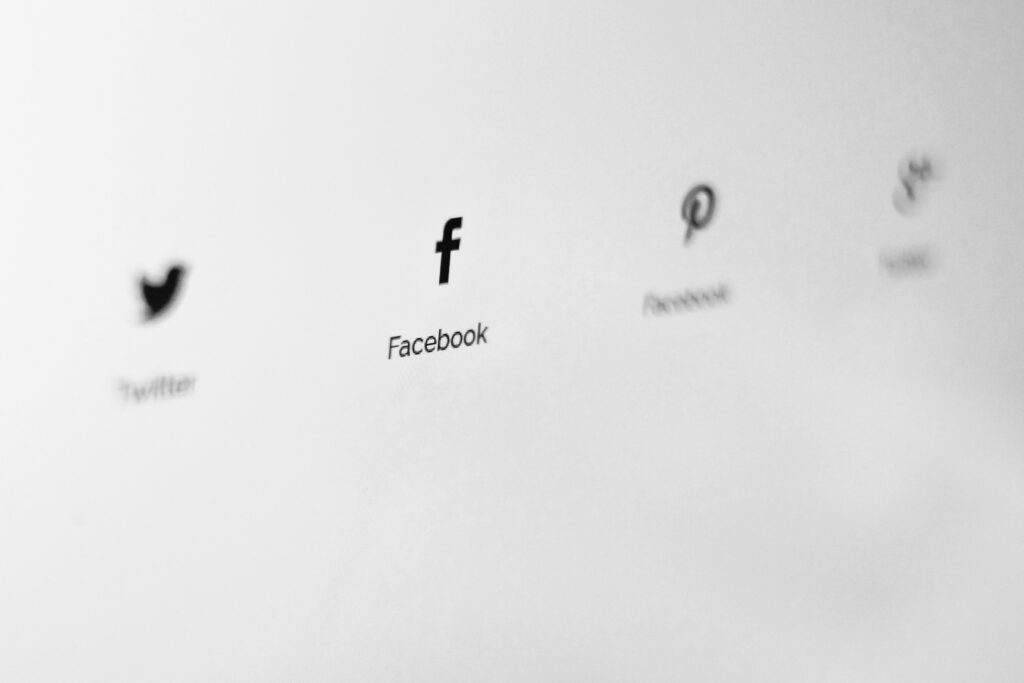In the information age, where we are constantly bombarded with news, various content, and intense online noise, social media seems to have lost much of its charm.
With algorithms now having the upper hand, the relationship between users and social media has long ceased to be reciprocal. Users consume content as served by social media, often facing a huge volume of information that they can’t manage or that doesn’t genuinely concern them.
This phenomenon is prevalent across all SM platforms. A few years ago, users joined social media to see what their friends were up to, connect with them, and stay informed or entertained by the pages they followed. However, this has changed. Social media is no longer as enjoyable and socially engaging; it has transformed into a digital environment dominated by noise, advertisements, and short videos (such as reels), with content in our feed being decided by algorithms, giving users little say in the process.
Despite claims by social media management companies that they make efforts to combat misinformation, these platforms are now filled with fake news, photos generated using artificial intelligence, and videos that have undergone digital manipulation and are not authentic.
When did social media become so noisy, and how did they start dictating what we consume without real input? In simpler terms, how and why did SM stop being social?

The Age of Data
In the era of limitless data, managing information becomes a significant challenge. Hootsuite estimates that 15% of the posts users see come from accounts they don’t follow. However, this information reaches our screens by processing our data using artificial intelligence systems. Algorithms evaluate our online presence and suggest similar content on SM. Consequently, we are no longer talking about platforms that encourage interaction and communication but networks for content management and delivery.
The purpose of social media is to keep users spending more time on the platforms, as increased time translates to more ad consumption and, thus, more revenue for the managing companies. However, despite promises by these companies to deploy digital tools and algorithms to detect fake news, the reality is far from satisfactory.

Insufficient falsehood detectors
Social media is a digital environment where fake news spreads rapidly. Even though the platforms are now using advanced algorithms to identify fake news, the situation is not improving. We are far from automatic labelling of fake news, especially considering that large language models like ChatGPT or Google Bard do not yet have built-in mechanisms for this.
In a way, it seems like the roles have reversed: SM users, once content creators, are now more like consumers within these platforms.
Users gain a limited and distorted view of public opinion, where the majority agrees with their beliefs without considering opposing or different perspectives. Social media are increasingly becoming a digital environment dominated by noise, misinformation, and a lack of social empathy. SM must become social platforms again, encouraging more socialization and communication and less hate speech, fake news, and reality distortion.
Only then will social media become enjoyable again!



